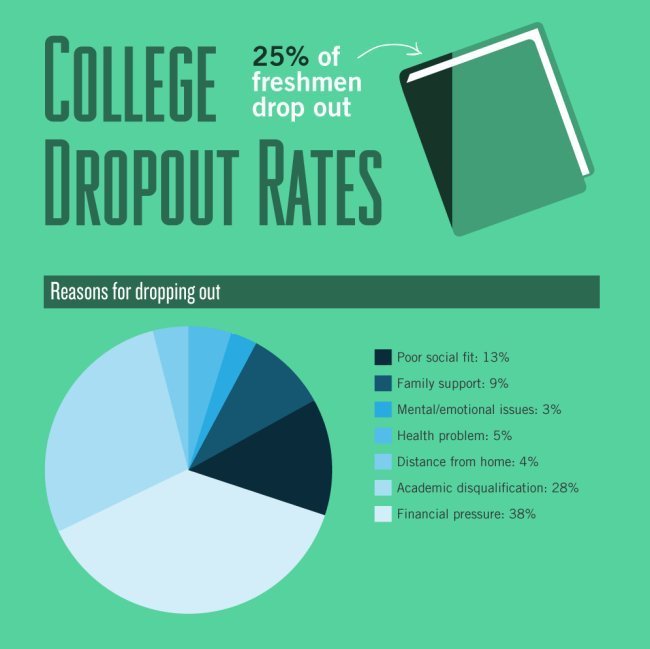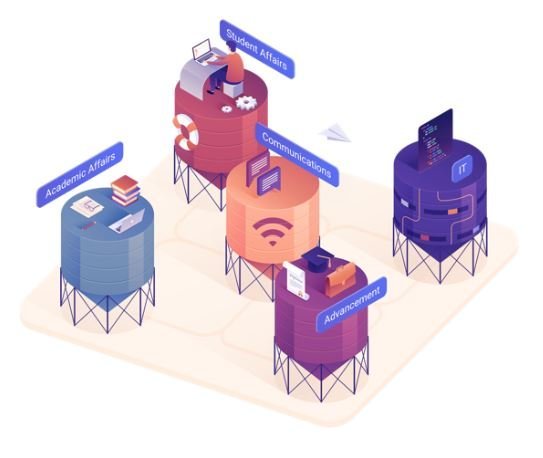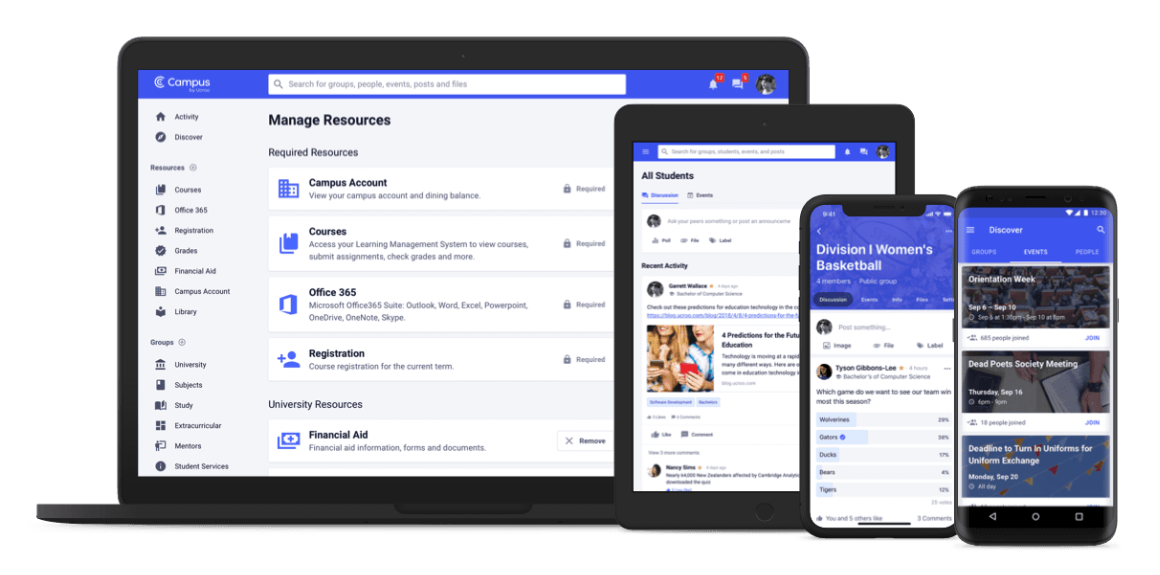You might have the hardest job at the college or university. I write this as a professor, academic affairs administrator of almost two decades, and academic researcher.
Faculty and even academic administrators get all the press. While it can easily be cited that the press is both good and bad, unless you are at a school with a top 25 sports team, academics is where all of the light shines. In many contexts, professors are still held with such high regard, they receive the benefit of the doubt whether fair or not. Specific profs are referenced in graduation speeches, invited to graduation parties, win awards, and make the news with findings, methodology experiments, and more. Meanwhile, staff and leadership within Student Affairs perform the blocking and tackling which typically goes unsung. Student Affairs is the grease for the engine of higher education.
 If you have read our blogs before, you know most research suggests that educational failure is roughly 25% academic, while 75% non-cognitive (such an unfortunate term). Perhaps that explains why student success teams and initiatives (which are typically evaluated solely by retention increases) most often fall under the purview of Student Affairs. Yes, we have all heard the mantra, “Retention is everyone’s problem!” But when student success teams are formed, they almost always find themselves sitting under the Student Affairs umbrella. Initiatives like student ambassadors, student concierges, writing / tutoring centers, financial aid support, and more are given to Student Affairs to shepherd.
If you have read our blogs before, you know most research suggests that educational failure is roughly 25% academic, while 75% non-cognitive (such an unfortunate term). Perhaps that explains why student success teams and initiatives (which are typically evaluated solely by retention increases) most often fall under the purview of Student Affairs. Yes, we have all heard the mantra, “Retention is everyone’s problem!” But when student success teams are formed, they almost always find themselves sitting under the Student Affairs umbrella. Initiatives like student ambassadors, student concierges, writing / tutoring centers, financial aid support, and more are given to Student Affairs to shepherd.
So, staff do what they can, typically without much guidance from, nor much view into what happens in almost any other division, to create support, connection, and satisfaction. As it’s so hard to extricate the academic from the non-academic issues so many students deal with, Student Affairs workers try to create quasi-academic experiences and support measures as a proxy. They spin up writing centers, tutoring services, advising support, and other parallel, yet not-truly academic experiences. At the same time, Student Affairs workers struggle to bridge the silos which exist between financial aid, residence life, distance learning, classroom instruction, family support, club association, athletics, societies affiliation, and more.
The Solutions Landscape
There are certainly tools and software solutions for all of these things. Plus, as important as success is, there are dozens of other necessities requiring your attention. From residence life (what is the best way to pick a roommate?) to speakers on campus to dining schedules to athletics calendars to Greek life and on and on, there are a lot of things to consider. But most every solution is just as silo-driving as the bureaucracy that surrounds it. Students want to connect with other students? A mobile app might get you part way. Students want better tutoring? An online tutoring service might help you scale. Students struggle with making the best financial decisions? Perhaps a financial aid video series is worth the investment. Not sure if students are attending basketball games? Find an attendance tracker. From student engagement systems to athletic calendaring systems to co-curricular transcript creators, the world is full of one-off solutions that really should feel more like part of a single experience, but almost never do.

Student engagement, even at schools that have specific platforms for specific types of student interaction, goes up. While at the same time clubs, organizations, support groups, and more are suddenly discoverable by students. People connect with other people, whether peers added by searching, alumni connecting with current students through initiatives, or “big brother / sister” Seniors connecting with Freshman via a success initiative. Add to that the personalized way every student, faculty, and staff member can customize their “central hub” while allowing the institution to do the same, and it’s a win-win-win.
Think about it this way. If your student success system is waiting for grades to dip so that an alert can be sent out, how often is it too late to save that student? What if the issue is not academic in nature, but manifests itself academically over time? Perhaps if you had known that the student in question recently stopped engaging with friends or a club they were associated with (etc.), you might have intervened prior to the grades dropping (and prior to it being too late). Or, had a faculty member been able to see some interaction with Student Affairs staff, there may have been a conversation that lead to help for the student.
The bottom line is that schools typically have dozens of success initiatives working or in the queue. Each one typically comes with a tool or software solution. Each of those solutions will be implemented via a small team and it will (hopefully) address a specific problem. But those tools, those initiatives, and those teams are as separate as ever. Measurement of their success will be difficult, providing very weak metrics by which to act, but as importantly, there will be very little insight into those solutions across the institution. People won’t talk about them. People will struggle to know about them. And all of the other factors will continue to drum on. So, like putting your thumb in the air, blocking out a single star in the night sky while thousands of other stars continue to twinkle, the myriad of other student success problems will remain ensconced.
A Better Way
As we have noted in “open letters” to other leadership stakeholders across institutions of higher education, the Campus.app solution will not solve every problem. But it absolutely serves up a single experience with a lot of transparency, a lot of community, a lot of communication, and a lot of efficiency. Alone it has been shown to be powerful, but when complimented by effective implementation, it has proven to be truly transformative.
Those disparate tools don’t have to feel so secluded. Student engagement tools don’t have to sit off to the side, which we know means a very small percentage of people will make use of. Communication shouldn’t be separate from support, just as community shouldn’t be disjointed from content. That is what Campus.app is all about.

With simple solutions like branding, not only does Campus ensure your web color palette is truly ADA compliant, but we also do our best to incorporate all of your school’s tools, content, and community into a single experience. This has actually seen students at institutions who use our software believe they are only learning a single system, when in reality they are using several. Because everything is safe, secure, authenticated, one-click away, is equally accessible via the web or mobile solution, and intertwines tools, communities, support, and even content in one place, it is the ultimate serving platter.
Leveraging the multi-modal communication options not only boosts read/open rates significantly, but staff across the school typically start using new methods by which to communicate with email only as a “backup of record,” driving better use of time while also seeing more people in the know.
Add in the keyword and key-phrase triggering options, allowing any team, department, or individual to be notified when (literally) any word or combination of words has been used and the system absolutely helps you help students overcome barriers in near-real time.
Plus, we work with our partners to begin tracking and using data far beyond typical measures. Going beyond the academic data typically coming out of the LMS and with more than filters created by demographic data typically coming from the SIS, we begin showing partners how to look for, gather, and “plug in” affective and conative data, creating a far better picture of risk and success than most schools have ever seen.
We hope you will ask us more about any or all of the solutions presented here. Student Affairs officers may be the unsung heroes of the college / university experience, but you don’t have to go it alone. Even if the other departments on campus are too busy or too focused on their own initiatives, a solution like Campus can quickly shine a light on the student experience from multiple angles, helping everyone help everyone.
Community. Communication. Personalization. Integration. Data.
That’s Campus.
Dr. Jeff D. Borden and the Campus Team